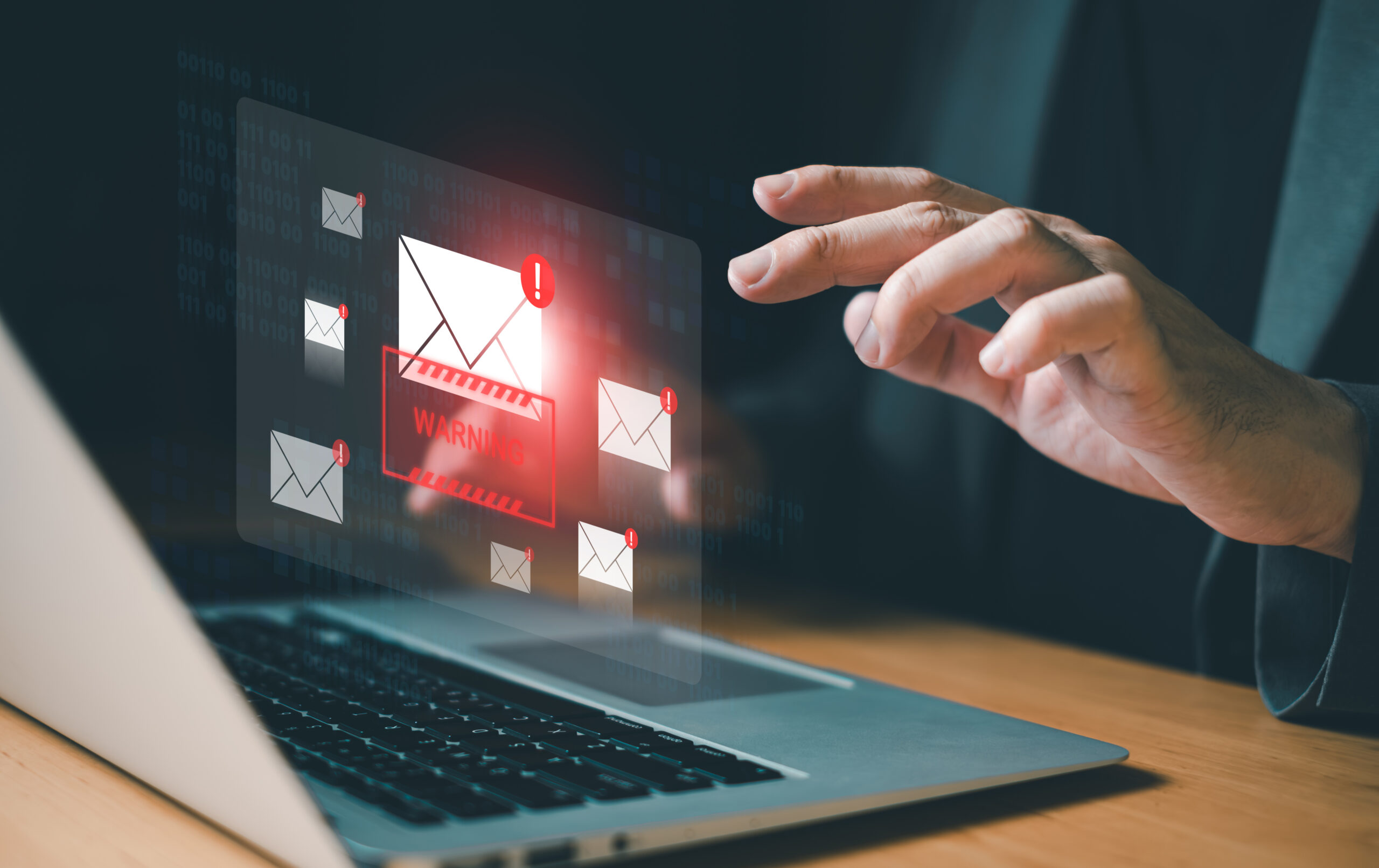Email security is one of the most critical components of protecting your business, yet many organizations overlook a key security protocol—DMARC (Domain-based Message Authentication, Reporting & Conformance). Without DMARC, your business is exposed to a wide range of cyberattacks that can compromise sensitive data, damage your reputation, and lead to financial losses. In this blog, we’ll explore the hidden dangers of not implementing DMARC, backed by real-world examples that illustrate the importance of email authentication.
Covered in this article:
1. Email Spoofing: Damaging Brand Trust
Email spoofing is a tactic where attackers send emails that appear to come from your business. These emails can be used to trick your clients, employees, or partners into sharing confidential information or making financial transactions.
Example: The Snapchat Breach
In 2016, Snapchat fell victim to an email spoofing attack where a cybercriminal impersonated the company’s CEO. The attacker sent a fraudulent email to an employee in the payroll department, successfully requesting sensitive payroll information for current and former employees. This breach resulted in the exposure of personal data for hundreds of people and caused major reputational damage for Snapchat.
Without DMARC in place, Snapchat’s email system had no way of preventing this fraudulent email from reaching the employee. Implementing DMARC would have allowed the company to authenticate the sender’s email and block the spoofed message.
2. Phishing Attacks: Financial and Data Loss
Phishing attacks are among the most common cyber threats, and they often involve impersonating a trusted company to steal sensitive information such as passwords, credit card numbers, or personal identification details.
Example: The UK Government Phishing Scandal
In 2020, cybercriminals impersonated the UK government by sending fake emails claiming to offer financial assistance during the COVID-19 pandemic. These phishing emails tricked victims into sharing personal banking information, resulting in financial losses for many.
The UK government had not fully implemented DMARC across all its domains, making it easier for attackers to spoof government email addresses. Had DMARC been enforced, these phishing emails would likely have been flagged or blocked, preventing them from reaching citizens’ inboxes.
3. Ransomware Attacks: Devastating Business Operations
Ransomware is another growing threat, where attackers gain access to a company’s data and demand payment in exchange for its release. Many ransomware attacks begin with a simple phishing email, often impersonating someone the victim trusts.
Example: The Norsk Hydro Attack
Norsk Hydro, a large Norwegian aluminum company, was hit by a ransomware attack in 2019 that began with a phishing email. The attackers used a spoofed email address to trick an employee into clicking a malicious link, which infected the company’s entire IT infrastructure. Norsk Hydro was forced to halt its operations worldwide, costing the company over $70 million in damages.
A DMARC policy would have helped Norsk Hydro authenticate legitimate emails and reject fraudulent ones, potentially preventing the ransomware attack from ever occurring.
4. Increased Spam: Hurting Email Deliverability
Without DMARC, your domain is more susceptible to being used by spammers. When cybercriminals spoof your email address to send spam, it can damage your domain’s reputation. This impacts your email deliverability, as email providers may start flagging your emails as spam or blocking them entirely.
Example: FedEx and UPS Spam Attacks
Both FedEx and UPS have had their domains used in widespread spam campaigns. Attackers spoofed their email addresses to send fake shipment notifications that contained malicious links. Customers became wary of emails from these companies, impacting customer trust and legitimate email communication.
Had DMARC been in place, FedEx and UPS could have blocked these spoofed emails and protected their domain reputation, ensuring better email deliverability for legitimate communications.
5. Regulatory Non-Compliance: Costly Fines and Penalties
In many industries, particularly those dealing with sensitive customer data (like healthcare and finance), there are strict regulations governing data protection. Failing to implement proper email authentication measures like DMARC can leave your business in violation of these regulations, leading to costly fines and legal consequences.
Example: GDPR Violations in Europe
The General Data Protection Regulation (GDPR) enforces strict rules on how companies protect customer data. Companies that fail to secure their email communications can be fined under GDPR for not taking adequate security measures. Several companies have been fined millions for data breaches that could have been mitigated with better email security, including DMARC implementation.
Conclusion: The Real Cost of Ignoring DMARC
Not implementing DMARC exposes your business to a wide array of cyber threats, from phishing and spoofing attacks to ransomware and spam. These threats not only result in financial loss but also damage your brand’s reputation and customer trust.
In today’s interconnected world, email remains the backbone of business communication. By not taking steps to secure it, you leave your organization vulnerable to attack. DMARC is a vital tool that helps protect your domain, secure your communications, and ensure your emails reach their intended recipients.
Don’t wait until your business becomes another example of what can go wrong without DMARC. Secure your domain and protect your reputation by implementing DMARC today.


